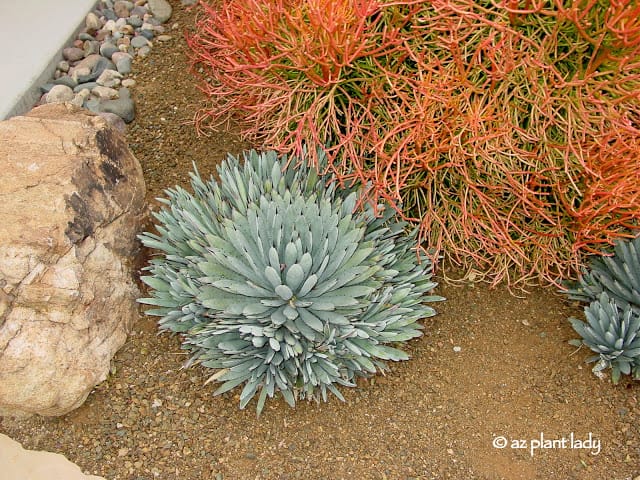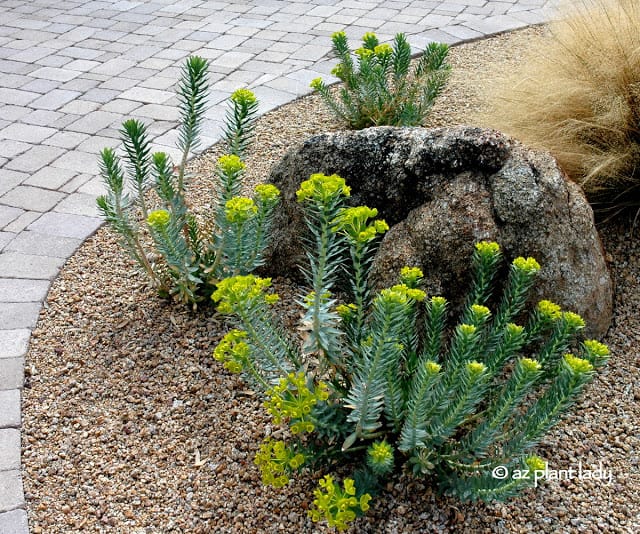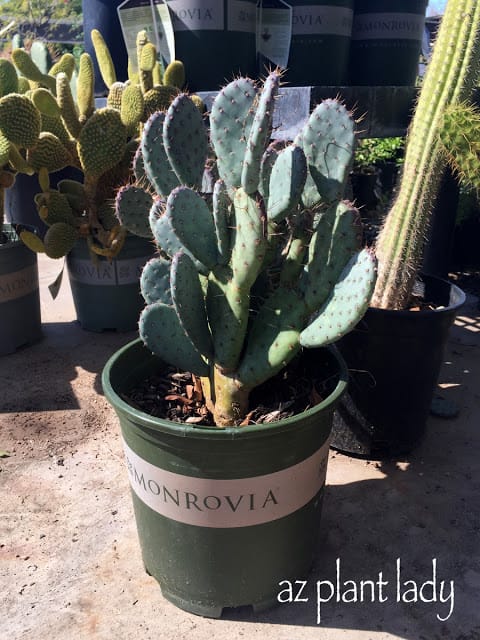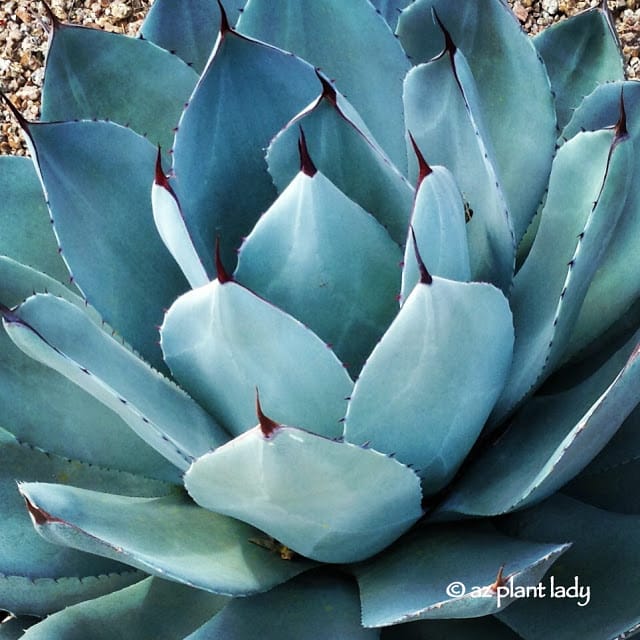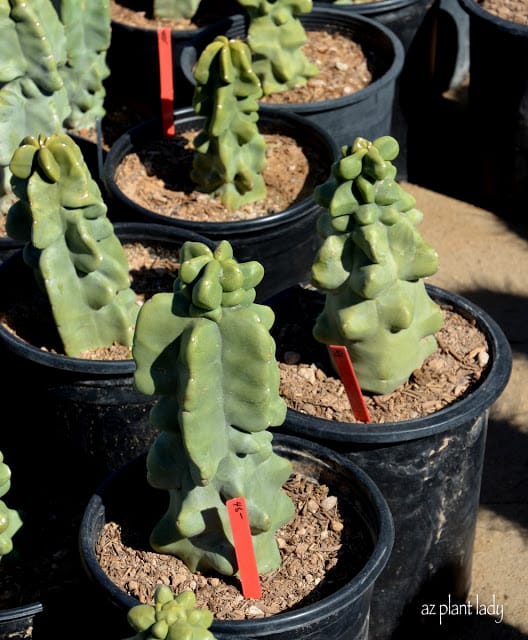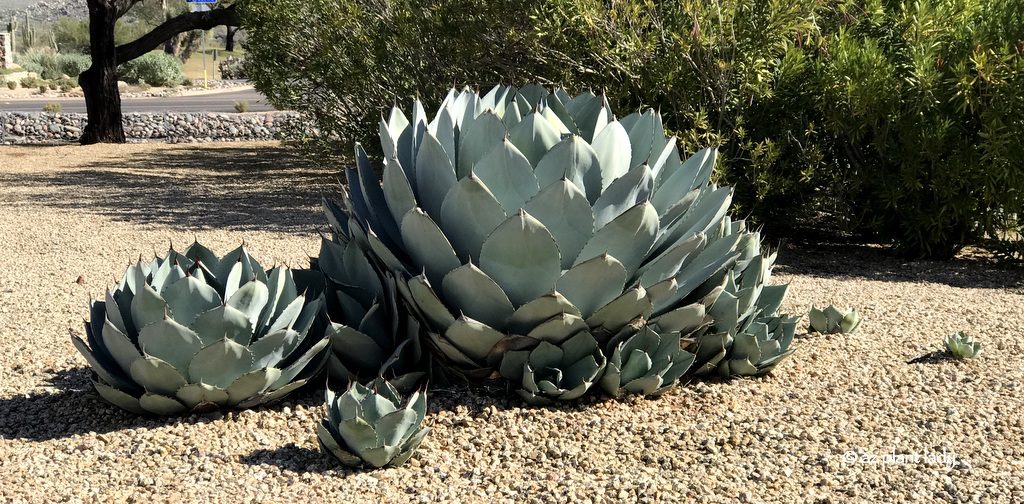
artichoke agave (Agave parryi ‘truncata’)
Today as I was downloading photos from my phone, this one caught my eye. It is a picture of an artichoke agave (Agave parryi ‘truncata’) along with her babies. For some reason, it spoke to me about family relationships. Some of her tiniest children are venturing a bit too far like our kids do as toddlers when they walk into the street without any fear.
Some of her tiniest children are venturing a bit too far like our kids do as toddlers when they walk into the street without any fear. Then there are those slightly older babies who I like to describe as ‘tweens’ who still enjoy their mother’s protection while looking outward into the world.
Then there are those slightly older babies, nestled under their mother’s protective leaves, who I like to describe as ‘tweens’ who still enjoy their mother’s protection while looking out toward the wonders of the world.
The medium-sized agave baby is the teenager who enjoys the illusion of independence while still being attached to their mother by an underground root – kind of like relying on their parents for allowance, paying for their phone, and driving them where they need to go.
I especially love the largest of the babies and the relationship to its mother as it speaks of my relationship with my two oldest daughters. They are individuals, yet they enjoy being close to their mom and go to her for advice and even enjoy hanging out together.
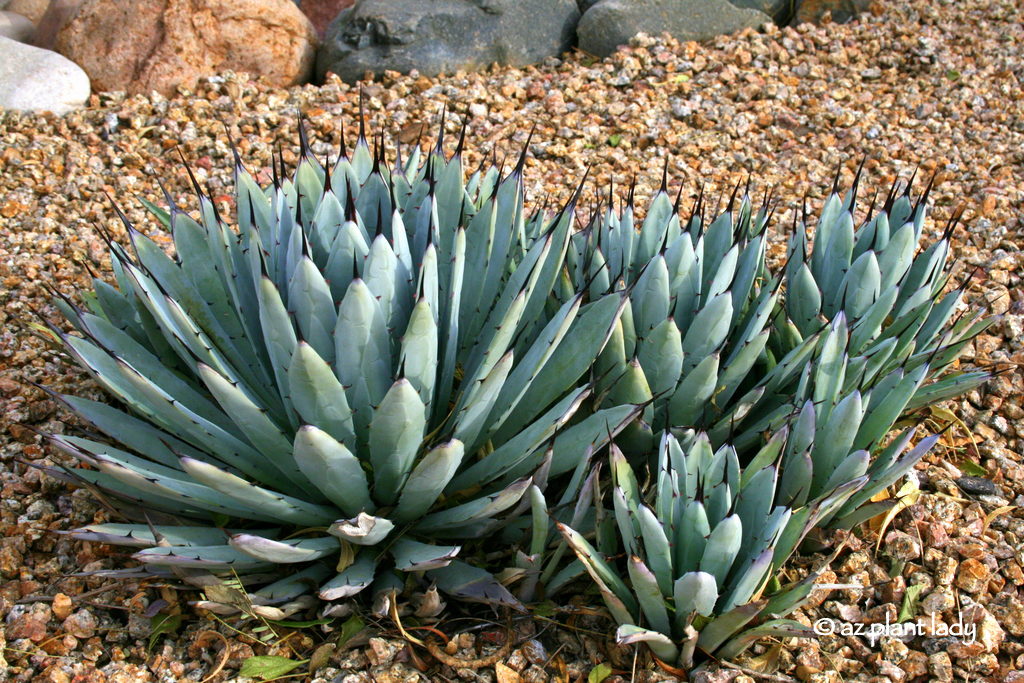
Black Spine Agave (Agave macroacantha)
Many species of agave propagate themselves by producing ‘pups’, which are attached to the parent plant by an underground stem. These new agave can be removed and replanted elsewhere in the landscape. It’s not hard to do and I wrote about how to do this, which you can read here.
Have you ever replanted an agave baby?


